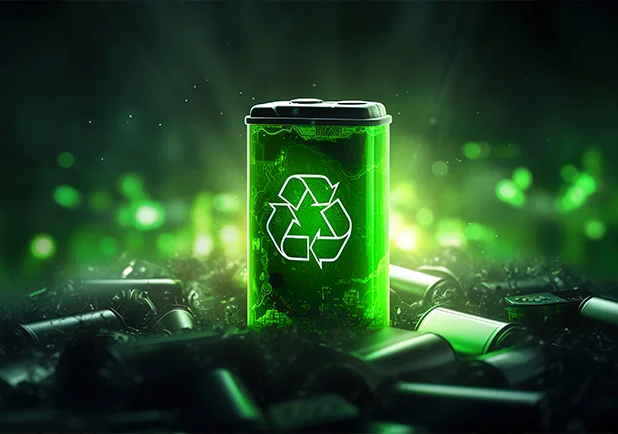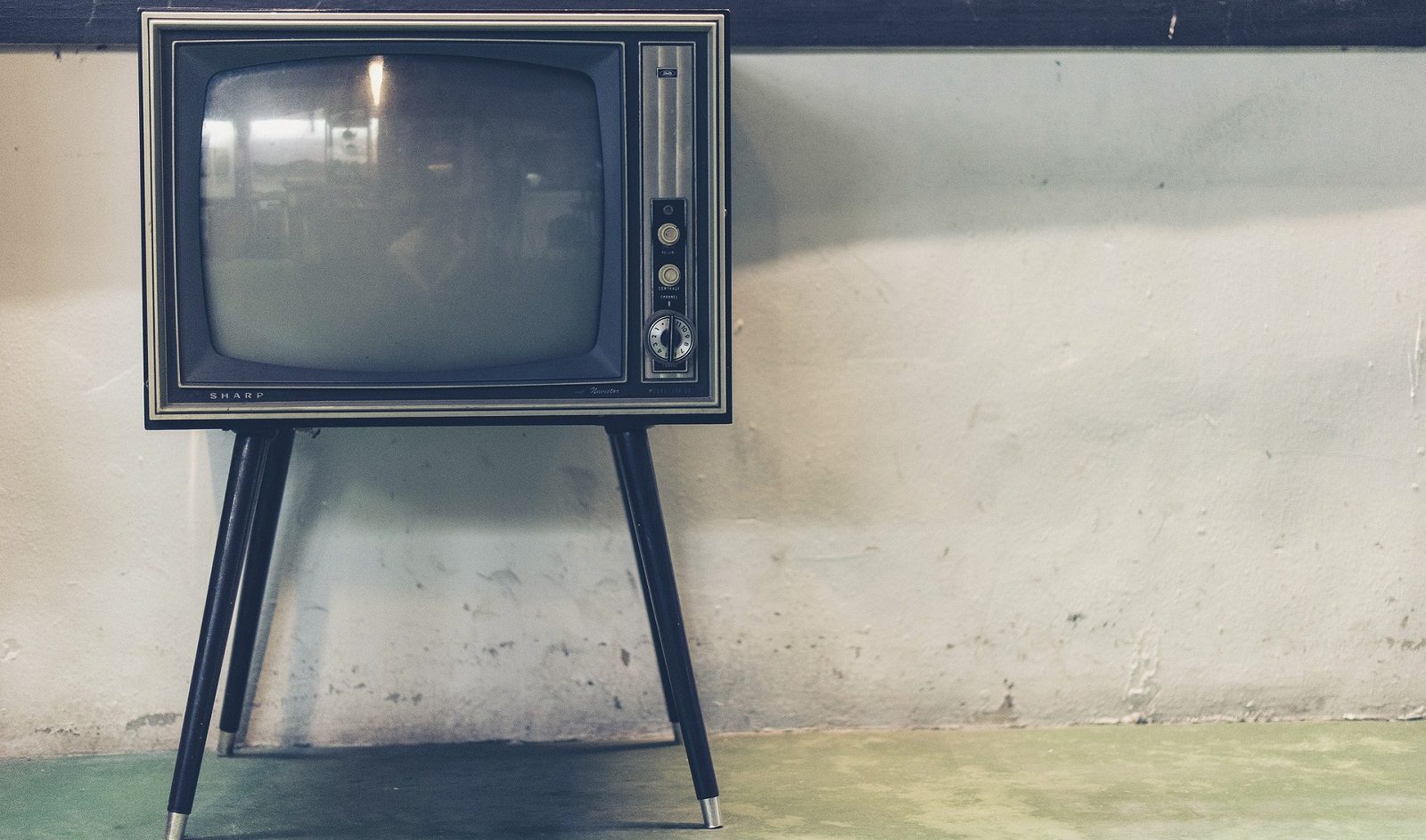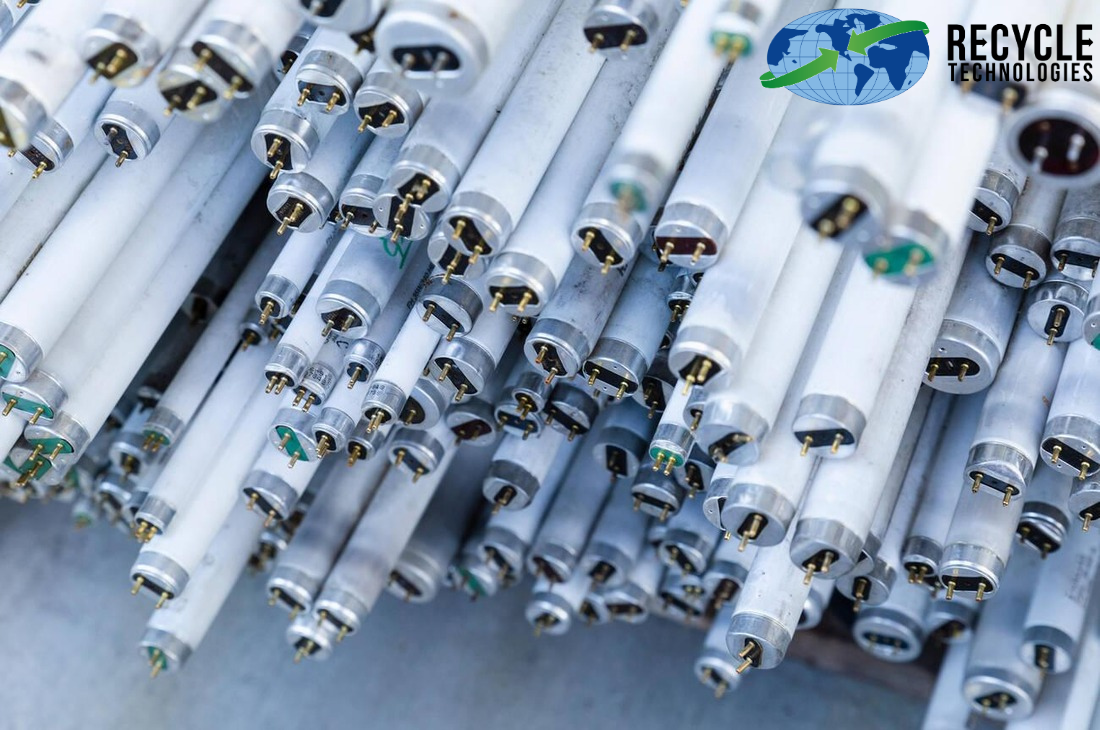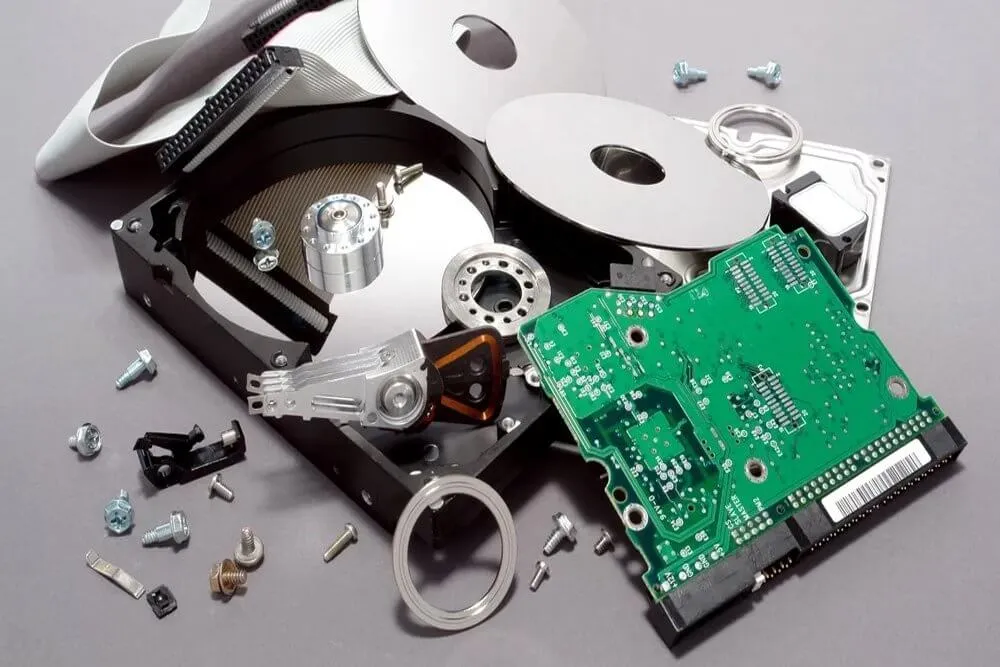Recycling is a complex process, but it does not have to be. Not only does recycling responsibly help with conservation of natural resources, but it is also a wonderful way to help human health.
Reusing the old resources means lessening harmful disruption and damage done to the natural world: fewer forests cut down, rivers diverted, wild animals harmed or displaced, and less pollution of water, soil, and air. In terms of e-waste management, it also means less minerals mined from the ground, and disposed of in landfills, where mercury and lead leaches out.
In the year 2023, we see a collective push towards a cohesive strategy to handle recycling challenges from both government and non-government agencies in the US. From October - December, we saw significant efforts made by multiple stakeholders to streamline the recycling processes, especially that of e-waste. Here is a list of some of the most notable e-waste management recycling efforts from across the US and the globe.
Also Read:
Year in Review 2023: E-waste Recycling News that Amazed Us (Part 1 of 4)
Year in Review 2023: E-waste Recycling News that Amazed Us (Part 2 of 4)
Year in Review 2023: E-waste Recycling News that Amazed Us (Part 3 of 4)
Experts Warn Against Increasing Recycling Center Fires
2023 was marred with horrible fire incidents in multiple recycling centers across the USA. Experts now advise extreme caution against improper material sorting and handling to avoid triggering a fire. The culprit remains irregular Li-ion battery sorting processes.
Li-ion batteries can be commonly found in every household item. Contrary to their predecessor, lithium-ion batteries contain highly reactive electrolytes. These substances can very easily explode if short-circuited.
Experts are calling for minimal use of problematic items from the market, such as disposable e-cigarettes, musical greeting cards, and "luminous" shoes for kids. Some recycling companies are mulling over installing AI-driven robotic arms to sort metal waste for better control. Experts are also calling upon public authorities to finance public awareness campaigns, insurance companies to establish disaster funds aiding businesses affected by battery-related fires, and battery producers to fund research into advanced lithium-ion battery detection systems.
Toys Produce Far More Electronic Waste Than Vapes
Over 3 billion kilograms (about 6,613,860,000 lbs.) of valuable electronics are thrown out each year – inside children’s toys. This number surpasses that of the e-waste generated by e-cigs and vapes, according to research by the United Nations in collaboration with Waste Electrical and Electronic Equipment (WEEE) Forum.
The UN is calling this e-waste “invisible” because we usually do not think of this source of e-waste, and this invisible e-waste comes out to be more than $10 billion (about $31 per person in the US). Toys contribute 77 times more to the world’s invisible e-waste than vapes, which account for 42 million kilograms (about 92,594,040 lbs.) a year. The UN estimates that 844 million vapes are thrown away every year.
“We’re trying to make people understand that the items they may not suspect are electronics actually do contain a lot of precious materials, like copper and rare earth [elements],” says Magdalena Charytanowicz at the WEEE Forum. The reason people do not think of recycling toys is that they do not understand how much these toys are worth if they are recycled.
New Fluorescent Lightbulb Restrictions to Take Effect From 2024
From January 2024, new fluorescent lightbulb restrictions will take effect in Vermont. These restrictions will ban the sale of general purpose, indoor/outdoor, residential, and business mercury-containing four-foot linear, compact fluorescent lightbulbs.
If your home or business currently uses these fluorescent bulbs, you will not be able to buy more after January 1, 2024. If your business sells these bulbs online or in a store, you will not be able to do so next year.
Another good thing about these restrictions is the responsibility of recycling. Any manufacturer who sold or sells these mercury-containing lightbulbs must pay for the collection and recycling of used bulbs. According to the law, anyone can bring up to ten general-purpose mercury-containing lightbulbs to free collection locations across the state.
Other ultraviolet, germicidal, and purifier/sanitizer bulbs are not included in this law. Laws like that are already enforced in other states such as Minnesota, Wisconsin, etc. There is yet to be a national strategy for recycling e-waste responsibly in the USA.
What is ‘Cell Phones for Soldiers’ Program?
R-C-Rome 53 and the Central New York Veterans Outreach Center collaborated to produce 400 gently used mobile devices and donated to Cell Phones for Soldiers. These devices are aimed at helping deployed military and veterans connect with their families and loved ones.
60,000 minutes (about 1 and a half months) of free calls will be provided to men and women serving in the military and veterans in need. All proceeds from the recycled devices will be used to buy long-distance calling cards for troops at home and abroad.
Almost 15,000 calling cards are donated each week to US armed forces all over the world. In addition, care package programs, deployment ceremonies and VA hospitals. Initiatives like these not only help soldiers connect to their loved ones, but they also utilize the resources of thrown-out or donated mobile phones, giving them a second life.
Conclusion
The rapid growth of electronic devices comes with a significant cost to the environment. E-waste, i.e., discarded phones, laptops, and other electronics, poses a growing threat to our planet. Landfills overflow with these complex devices, releasing harmful chemicals like heavy metals and lead into the environment, contaminating ecosystems and jeopardizing public health.
Studies have documented a direct correlation between e-waste and elevated levels of these toxins in landfills, underscoring the urgency of addressing this challenge. It is why we require constructive solutions, transitioning from a linear "take-make-dispose" model to a circular economy.
Imagine a future where discarded screens become building blocks for new tech gadgets, giving a new meaning to the second lives of gadgets. These are not just pipe dreams but can become concrete steps towards a more sustainable future.












